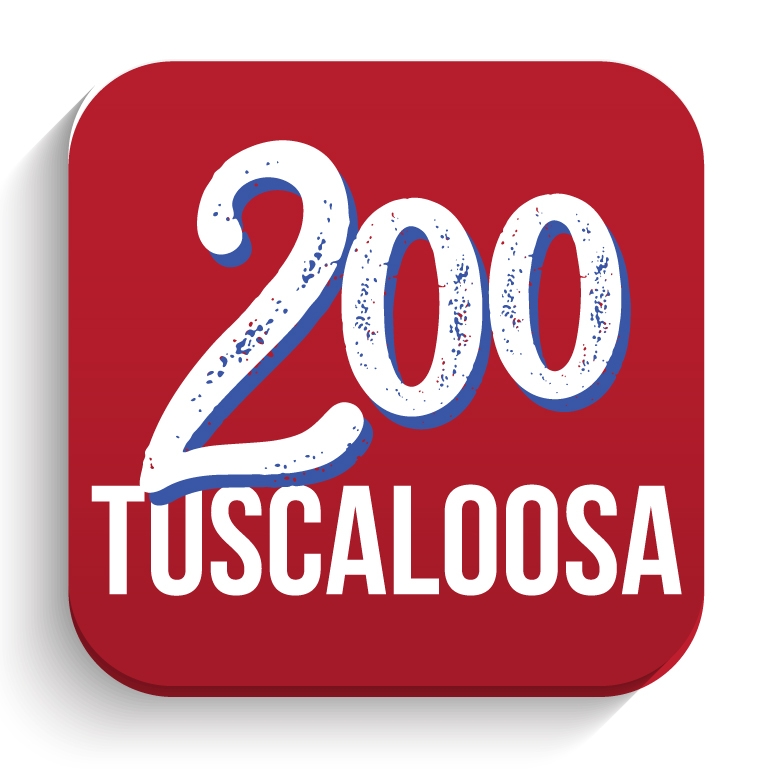MY TURN | AL SPENCER: Historic railroad trestle is an iconic symbol of Tuscaloosa
I want to start this column by recognizing Cathy Randall, Harrison Taylor, Shelley Jones, Elizabeth McGiffert and the countless other volunteers and sponsors who are making the city of Tuscaloosa’s bicentennial celebration something special for all Tuscaloosans. The bicentennial theme for May is “transportation,” which got me thinking about the role railroads have played in the making of our great city. While not a historian by training or trade, I do have a long-standing affinity for the local railroad scene and an enduring interest in our iconic railroad trestle.
When I came to Tuscaloosa in the early 1970s to attend the University of Alabama, I met, and ultimately, married the daughter of a stern, no-nonsense railroad man — a conductor on the GM&O — so I guess you could say I married into a railroad family.
Our trestle — completed in 1898 for the Mobile & Ohio Railroad — was a grand feat of engineering in its day, and now, 120 years later, it still serves as a vital transportation link between Tuscaloosa and the west. The Tuscaloosa News’ own Betty Slowe keeps us in touch with the details of that old structure: 3,600 feet long; originally 135 feet high with a 110-foot clearance; built by Benjamin Hardaway, a UA graduate and former city of Tuscaloosa engineer; once considered to be the country’s longest trestle. And, we all recognize the trestle is more than just a railroad bridge — it has become an iconic symbol of our city.
More broadly, the trestle is a symbol of something else — the pivotal role transportation has played in making our city what it is today. The role of water transportation is well known, with the city originating at the fall line of the Black Warrior River. Throughout the early years, steamboats from Mobile could navigate only as far north as Tuscaloosa. From there, only horses and wagons could transport cargo to and from points beyond, primarily via the Huntsville Road. Railroads changed that.
In 1871, the Alabama & Chattanooga Railroad (later known as Alabama Great Southern) linked Tuscaloosa to Meridian, Mississippi, and Chattanooga, Tennessee, and in 1898, thanks to the trestle, the Mobile and Ohio Railroad (later known as the Gulf, Mobile and Ohio) connected Tuscaloosa with Columbus, Mississippi, and Montgomery. A series of locks and dams, opening in 1896, made water transit on the Black Warrior more reliable and available year-round. The Louisville & Nashville rolled into town in 1912, operating initially as the Tuscaloosa Mineral Railroad. Tuscaloosa finally had the transportation infrastructure it needed to tap the region’s coal and iron riches. As a result, mining and manufacturing flourished and the city quadrupled in population from 1900 to 1930. Tuscaloosa was on its way, with positive growth that continues today.
Notably, the trestle and the trains that traverse it have become inextricably intertwined with another, more modern, icon of our city — the Tuscaloosa Amphitheater. The feeling of being at a show at the Amp — as night falls and a train slowly makes its way across the trestle, forming a backdrop to the artist’s performance — is indescribable. No music video can match that imagery. According to legend, when Neil Young was performing at the Amp in 2012, he became so enamored by the imagery of the trestle that he spent hours on the riverbank behind the Amp, alone with his guitar. Early on, some thought proximity to the trestle would be detrimental to the Amp’s success, but the reality has proved to be the opposite.
Ralph Waldo Emerson summed it up well: “Railroad iron is a magician’s rod, in its power to evoke the sleeping energies of land and water.” Such was certainly the case in Tuscaloosa.
So, in our 200th birthday year, embrace our unique trestle, embrace our railroads and river, and embrace everything our Bicentennial Committee is doing to bring our city’s rich history to light.
Al Spencer is a resident of Tuscaloosa.


